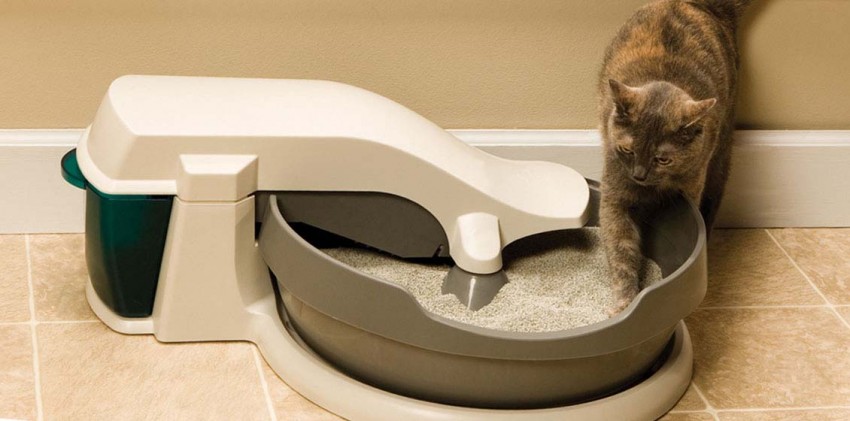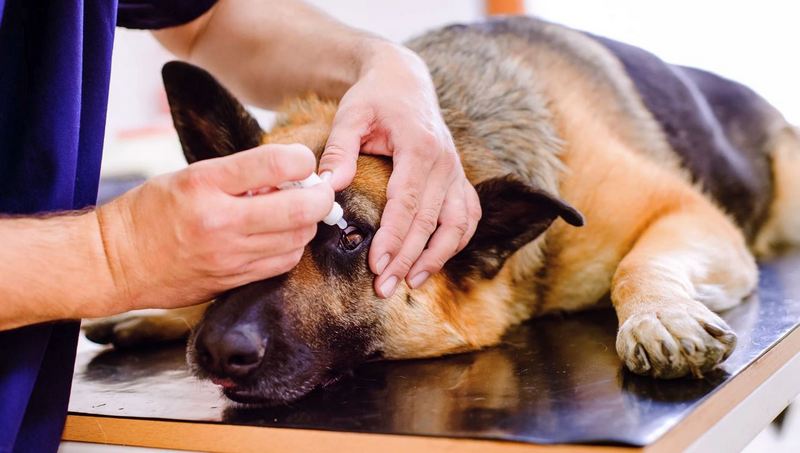Chlamydia cats: symptoms, treatment, tests, vaccination
 Chlamydia is a common infection in cats in Russia. The causative agent of the disease is intracellular bacterium (lives in the cat’s cells). Chlamydia species affecting cats – Chlamydia felis.
Chlamydia is a common infection in cats in Russia. The causative agent of the disease is intracellular bacterium (lives in the cat’s cells). Chlamydia species affecting cats – Chlamydia felis.
Symptoms
Chlamydia mainly affects the eyes of cats. Celebrated
Unnatural discharge from the eyes (tears flow copiously)
Inflammation of the conjunctiva and sclera of the eye (redness of the “white” part of the eye)
Chlamydia cats – photo
At first, watery discharges from the eyes appear, then the conjunctiva of the eyes becomes red and swollen, the discharges become thicker.
Symptoms may appear on one eye, but more often both eyes are involved in the process. Chlamydia cats: symptoms, treatment, tests, vaccination 5 days after infection.
Chlamydia can also cause
Fever
Sneezing
Nasal discharge
Some cats tolerate the disease without symptoms, while infecting other cats.
What does chlamydia do to a cat?
Chlamydia are attached to the cells of the mucous membranes of the conjunctiva, intestine and reproductive organs of the cat. The cat’s eyes turn red, inflamed and generate discharge.
Chlamydia can cause pneumonia in kittens
Chlamydia cats – photo
How is chlamydia transmitted to cats?
Direct route of infection: healthy contact with the patient, transmission through discharge from the eye or from the nose. Kittens can become infected during birth.
Indirect route of infection: chlamydia poorly preserved in the environment, however, infection is possible when in contact with bowls for food and drink, stove benches, trays, hands of the owner, with whom the sick cat had previously contacted.
Chlamydia cats – symptoms
What are cats at risk?
Chlamydia can cause cats of any age, but nevertheless kittens between the ages of 5 and 9 months, cats kept in stressful conditions (for example, in cat breeding houses) suffer more often.
Diagnosis of chlamydia in cats
A preliminary diagnosis can be made based on the symptoms of the disease. However, a differential diagnosis is needed, for which an analysis of chlamydia is performed, since there are several infections that cause similar symptoms.
There are several tests for chlamydia in cats, such as PCR, ELISA or bacterial culture. In our SVAO veterinary laboratory, you can test for chlamydia cats around the clock.
Treatment of chlamydia cats
For the treatment of chlamydia cats are prescribed antibiotics, as well as supportive nutrition, discharge from the eyes is removed with the help of a warm, damp tissue. If your cat has red eyes, they start to water, and you expect chlamydia, go to a veterinary clinic. Veterinary clinic Constellation is located in NEAD, near the metro station ENEA. We work around the clock.
Vaccine for chlamydia cats
There are vaccines for chlamydia cats. First of all, vaccination of cats in nurseries is necessary, as well as in families where several cats live or there is a likelihood with other cats (for example, the cat goes outside). There are several vaccines for cats that include the chlamydia component, such as the French Purevax RCPCh vaccine and the domestic Multifel vaccine. Multifel more budget vaccine, Purevaks has several advantages. Find out more about vaccinations for kittens and cats in the next article.
Chlamydia cats transmitted to man?
First of all, you need to know that chlamydia of cats and human chlamydia cause two completely different bacteria, preferring to live in their target species.
In general, chlamydia cats is not dangerous to man. In extremely rare cases, symptoms may occur in the form of eye damage (keratoconjunctivitis) and pneumonia in humans, more often in people with serious immunity problems.



